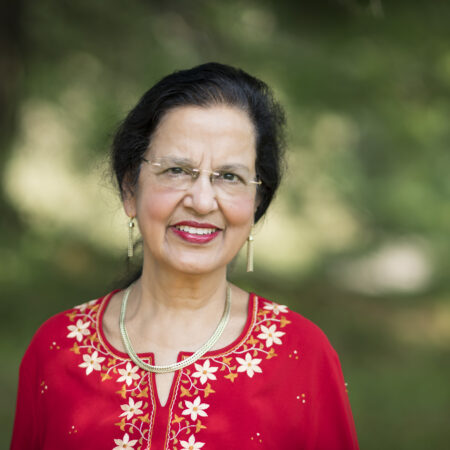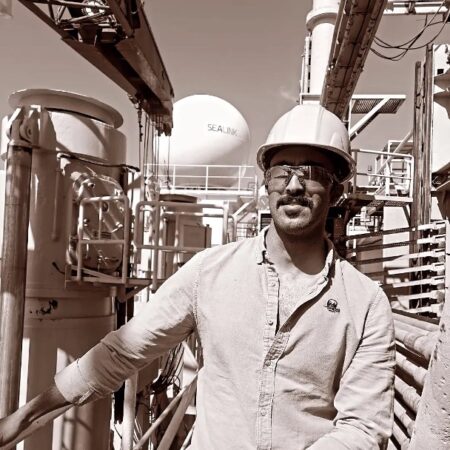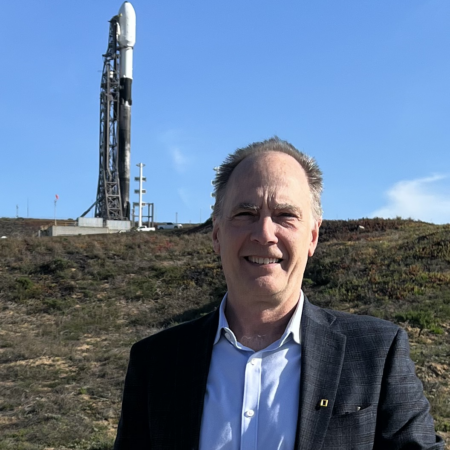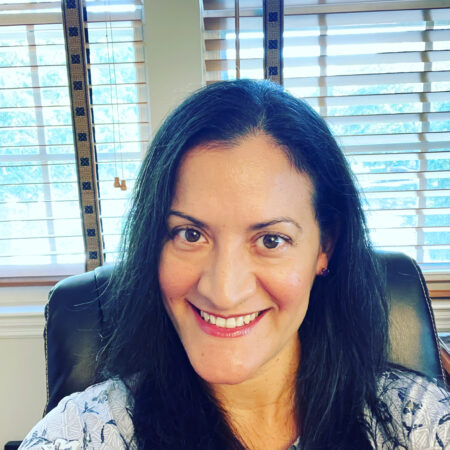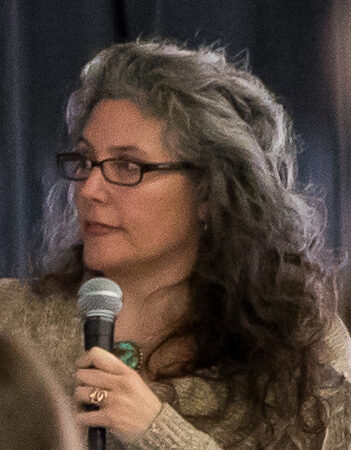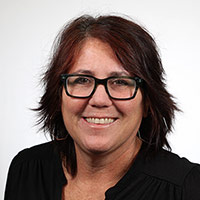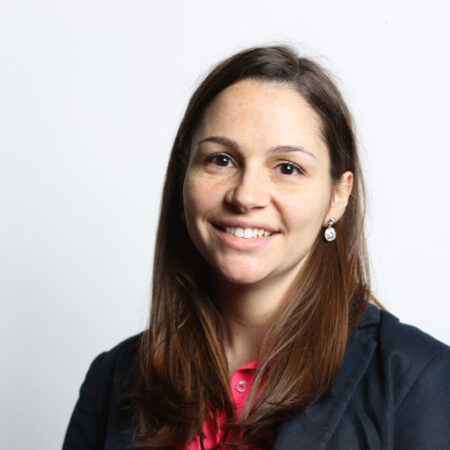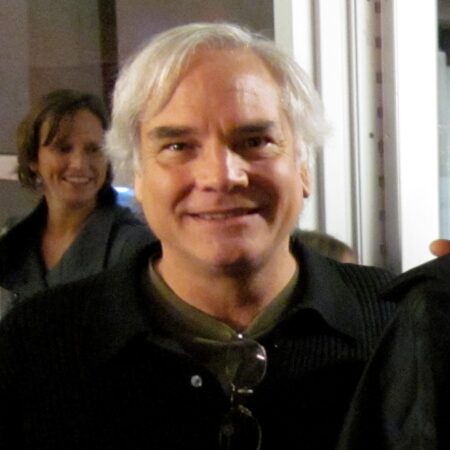Refine
Date Range Clear
Recorded by Clear
Keywords Clear
Partnerships Clear
Organizations Clear
- American Geophysical Union 84
- International Ocean Discovery Program 23
- NASA 18
- AGU 13
- National Aeronautics and Space Administration 9
- 19 more
Places Clear
Languages Clear
Initiatives Clear
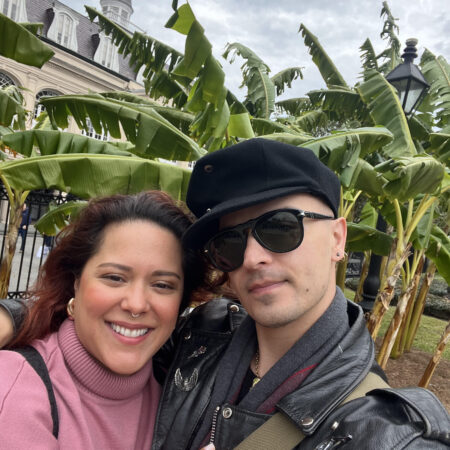
Kenneth Marez Jr. (36) talks with his partner Taranita Costales (34) about his journey into researching his mixed Hispanic and Native heritage, uncovering Native ancestors forced into slavery and servitude in the process. The two also reflect on the importance...
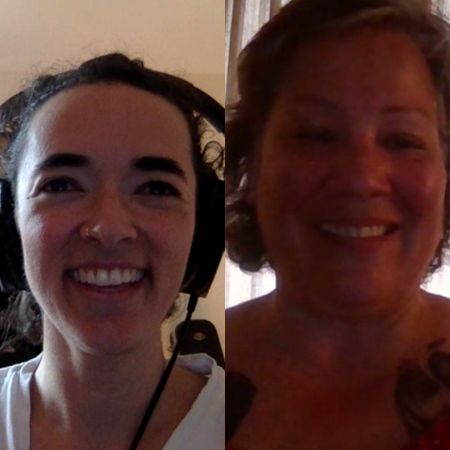
Jo Corona (34) interviews Melissa Espinoza-Smart (54) about her great, great grandmother, Maria Guadalupe Garcia Lucero and her journey learning more about her indigenous heritage.
Nannofossil paleontologist Claire Routledge highlights the need for a work-life balance while working 12-hours shifts, 7 days a week, for two months. After sailing on the South Atlantic Transect (Expedition 390), Claire shares her work responsibilities with nannofossils (along with...
As a program scientist for the astrobiology program, the Mars Sample Return program, and the DAVINCI mission, Lindsay Hays’s domain spans from NASA HQ to Venus to Mars and back again. Lindsay became one of the first to witness images...
As the program scientist in NASA’s Planetary Science Division and the Planetary Defense Coordination Office, Tom Statler works with mission teams as they send robots to asteroids and other entities in our Solar System. From a science-rich upbringing to his...
Anita Dey is the strategic partnerships manager of outreach and engagement for NASA’s Science Mission Directorate and co-chair of NASA headquarters' Asian American and Pacific Islander Employee Resource Group. Anita spends her days working with underserved communities and using the...
Adrian Brown is the deputy scientist on the Mars 2020 Rover mission at NASA Headquarters in Washington, D.C.. Adrian uses his background in geology to explore Mars via the Mars Rover, living out his childhood fascination with the planets. He...
Sylvain Costes is the Branch Chief, Open Science project manager, and principal investigator for NASA’s Ames Research Center. Sylvain oversees over 80 NASA scientists and technicians, but he’s primarily a biophysicist leading research on radiation and DNA to understand how...
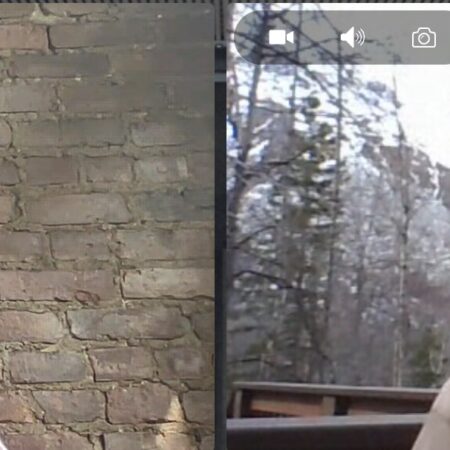
Ronald "Ron" Britton (71) recounts to StoryCorps facilitator Chapin Montague [no age given] his youth as a self-proclaimed military brat, the lives of his parents, and his career in oceanography and marine biology, all while sitting on the wood-lined deck...
Dr. Lin Chambers is the Deputy Director of Science Activation at NASA Headquarters, and she spends her time there sharing NASA’s science with learners in local communities across the country. Lin started at NASA after her freshman year of college...
Geochemist Jeff Ryan shares two highlights from his first time sailing on JOIDES Resolution for Expedition 352, involving luggage at the airport, coffee, and why it is good to pack an extra towel. Photo of/from J. Ryan: Working in the...
Microbiologist Jason Sylvan has sailed on JOIDES Resolution for three expeditions - each time, packing his camera and tripod. Jason shares how he captures photos to convey the work done on the ship, along with personal aspects of collecting photos...
Charles Webb is the Deputy Director of NASA’s Joint Agency Satellite Division, where he helps lead a team to develop and launch satellite missions for the National Oceanic and Atmospheric Administration. Charles has a gift for translating between scientists and...
Hashima Hasan is the program scientist for NASA’s James Webb, XP, and NuSTAR telescopes, helping to bring those missions from cradle to grave. Hashima followed the space race closely growing up in India, which inspired her to navigate into the...
Aidan Leetz joined JOIDES Resolution as a thin section technician for Expedition 390 in 2022. In this conversation, he shares his journey to joining the JR, his reaction to the news of the end of JR operations, and why he's...
Duane Waliser’s path in science meandered from an Oregon apple farm to a UCSD Oceanography institute to NASA’s Jet Propulsion Laboratory, where he now serves as the Chief Scientist for the Earth Science and Technology Directorate. At JPL, Duane helps...
Micropaleontologist and biostratigrapher Christopher Lowery shares his experience on a mission-specific platform for Expedition 364 during the drilling of the Chicxulub K-Pg impact crater. Hear how he describes how ocean drilling is like flipping the pages of a book backwards...
Delia Santiago-Materese is a program scientist at the NASA’s Planetary Space Division in Washington, D.C., where she helps facilitate science and works with the community to make decisions about where NASA’s scientists should be exploring next. She spends her days...
Daniella Scalice is the Education and Communications Lead for NASA’s Astrobiology program, and she sits in NASA’s MAIANSE program for incorporating American Indian and Alaska Native science into NASA’s STEM research and education initiatives. She works in western and Indigenous...
Cynthia Hall is the community coordinator for NASA’s Transform to Open Science program, where she works with organizations and communities to build diverse scientific collaborations with NASA. She works to make scientific research and processes more inclusive and accessible to...
Dr. Alex Lockwood is the project scientist on the science communication team for the James Webb Space Telescope at the Space Telescope Science Institute. While earning her Ph.D. in Planetary Astronomy and Science, Alex had the unique opportunity to star...
During a ship-to-shore broadcast with a fourth-grade class, one young student asked about having a food allergy on JOIDES Resolution. Two Onboard Outreach Officers, Laura Guertin (EXP 390) and Tessa Peixoto (EXP 393) sat down to discuss their food allergies...
Mickey Weiss is now in his 80's and 50 years ago founded Project Oceanology in Connecticut to help stimulate students and adults about citizen science and the natural world around them, specifically the oceans. In this interview Mickey talks about...
As a Program Manager for NASA Headquarters Earth Science Division, Barry Lefer helps fund important global research and field campaigns that are measuring air quality and greenhouse gases. And judging by these studies, Barry thinks the future is looking good!...
Jeffrey Myers knows his way around aerial photogrammetry. As a former lead manager at the Airborne Sensor Facility at NASA’s Ames Research Center, Jeffrey’s work with data collection and earth mapping has been affiliated with NASA’s U-2 program, MODIS, and...
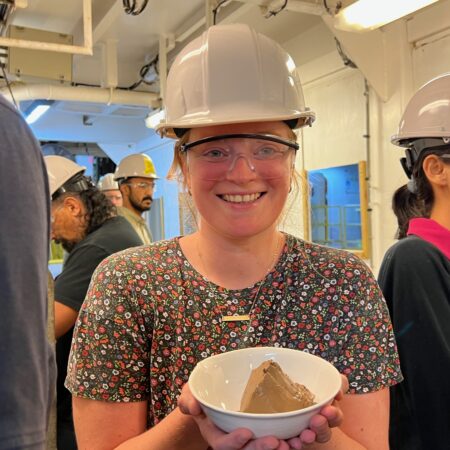
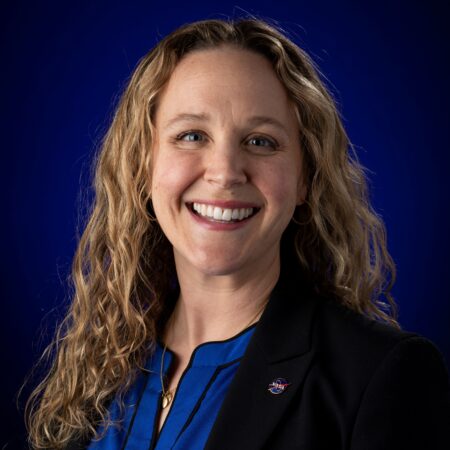


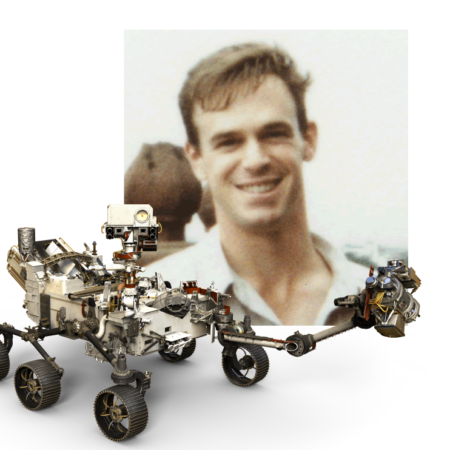
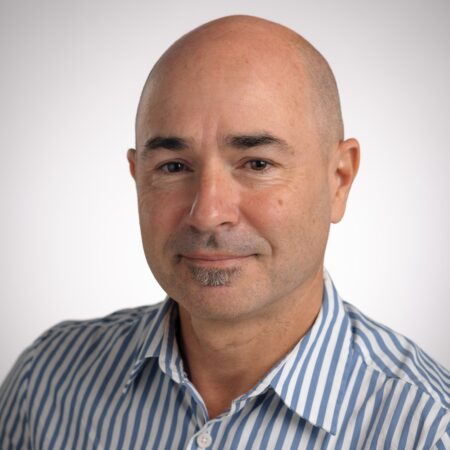
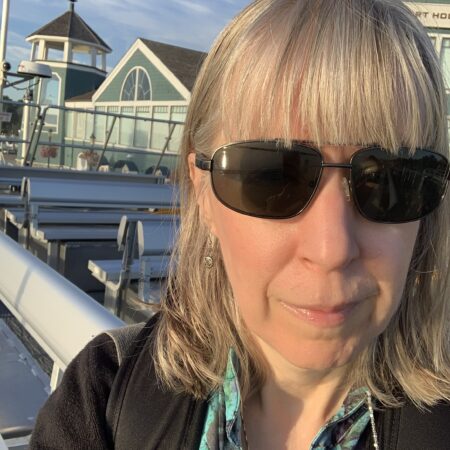
!["I get there [Narita Airport], and my luggage doesn't come out until the very end... my luggage was shredded... except the coffee"](https://archive.storycorps.org/uploads/2023/04/64482f7fb84b5__Jeffinaglovebag1-450x450.jpg)
!["Each time you go out [on the JR], you see very different things based on your experience, level and just interests."](https://archive.storycorps.org/uploads/2023/04/6443276609129__Sylvan_exp390_cropped-450x450.jpeg)

